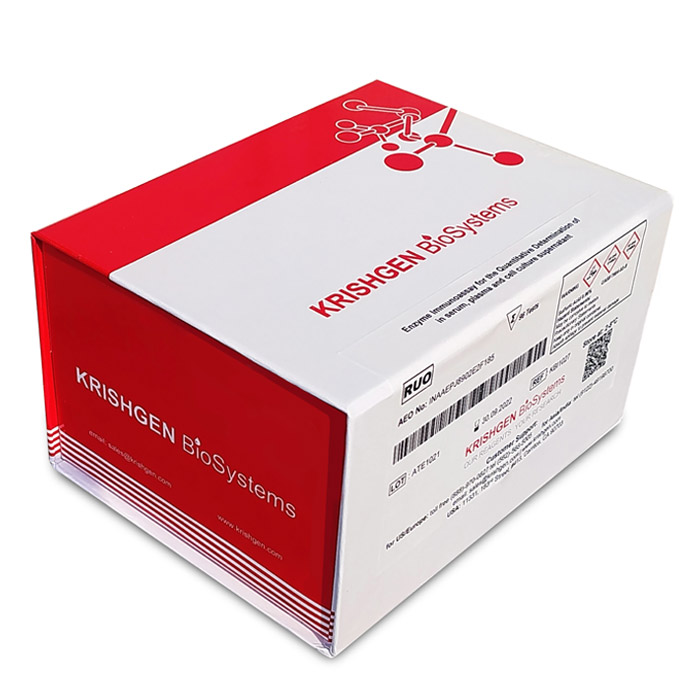KRA1004
Scientist.com Supplier
KRIBIOLISA™ Kanamycin ELISA
Krishgen Biosystems
DESCRIPTION
Enzyme Immunoassay for the Quantitative Determination of
Kanamycin in cell culture supernatant and other purified systems
including vaccines
Kanamycin or kanamycin A is an aminoglycoside bacteriocidal antibiotic, used to treat a wide variety of
infections and tuberculosis. Kanamycin is isolated from the bacterium Streptomyces kanamyceticus and its
most commonly used form is kanamycin sulfate.
Kanamycin is commonly used as an antibiotic during the cell culture process. Regulatory authorities across the
world have restricted and sought to quantify the Kanamycin residue in view of its potent action on human
beings in the in-process and finished pharmaceutical products.
About the kit:
- Uses anti-idiotypic antibodies sourced from our vendor partner in the US, which ensures higher specificity, and low cross reactivity.
- Recovery rates are between 85 - 115%
- Ready to use with a standard protocol with break-apart pre-coated wells
- Validated as per US FDA guidelines for Bioassays
- Optimized for matrix effects to ensure higher sensitivity.
- Shelf life: 1 year
KRIBIOLISA™ Kanamycin ELISA kit is based on indirect-competitive ELISA. The microtiter wells are coated
with antigen. Kanamycin residue in the sample competes with antigen coated on the microtitre plate for the
antibody. After the addition of biotinylated antibody and enzyme conjugate, an immune complex will form. After
washing, addition of TMB Substrate is used to show the color. Absorbance of the sample is inversely
proportional to the Kanamycin residue in the samples. Color development is stopped by addition of stop
solution. Absorbance is measured at 450 nm
DETAILS
- Usage: For Research Use Only
- Category: ELISA
- Lead Time: 3 - 4 weeks
- Assay Range: 0 ng/ml - 40.5 ng/ml
- Sample Type: Cell Culture Supernatant and other Biological Preparations
- Sensitivity: 0.35 ng/ml
- Shipping Temp: 2 - 8 degrees C
- Detection Method: Colorimetric, 450nm
- Species Reactivity: Human
